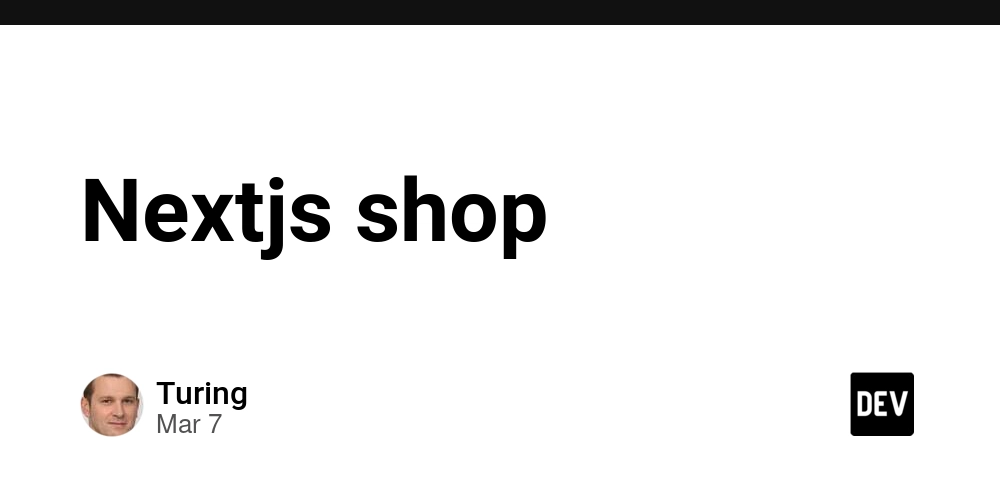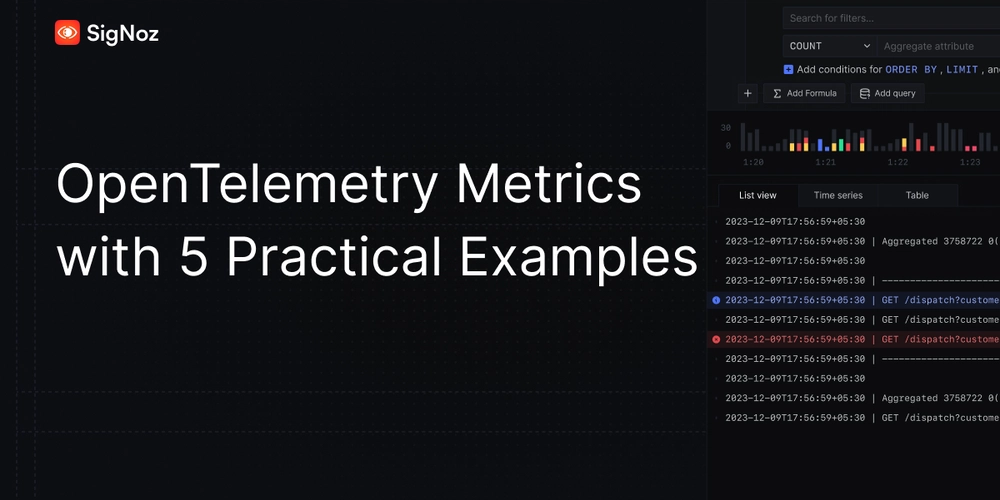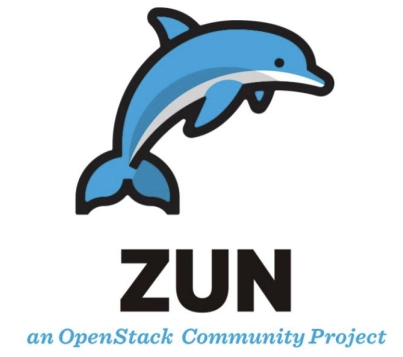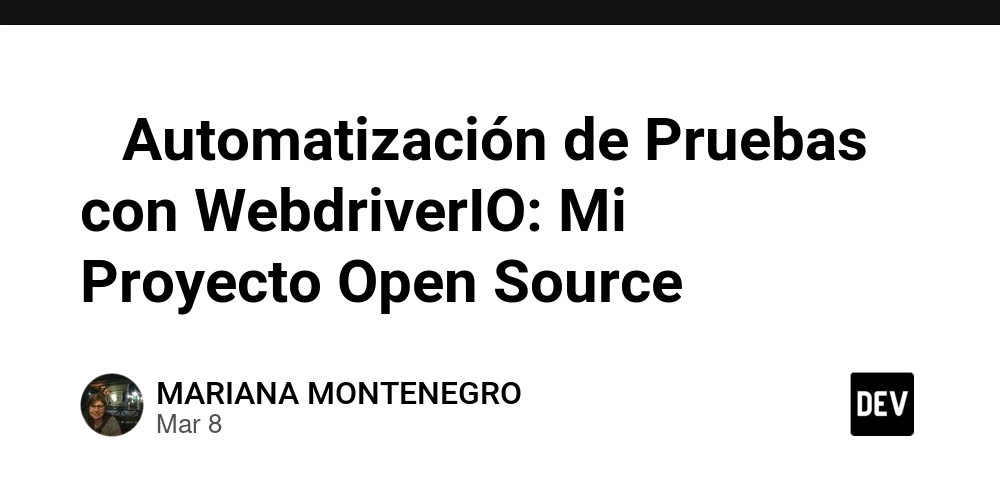Nextjs shop
Nextjs shop Next.js is a powerful React framework that enables developers to build feature-rich, server-rendered applications with ease. Built on top of React, Next.js simplifies the process of creating React applications by providing a robust structure and pre-configured tooling for common use cases like routing, server-side rendering, and static site generation. Before diving into what makes Next.js particularly valuable for building shops and e-commerce platforms, let's clarify some foundational concepts. In software development, a framework is a collection of pre-written code that provides a foundation for building applications. Frameworks dictate the architecture of your application and often enforce certain design patterns, which can help maintain consistency and efficiency among developers. On the other hand, a library is a collection of code that developers can call upon for specific functionalities, but it doesn’t prescribe how an application should be structured. Libraries offer more flexibility within the confines of your own architecture. Next.js falls firmly into the category of a framework. It provides a robust set of tools and conventions for building applications, particularly those that require server-side rendering or static exporting. By eliminating much of the boilerplate that developers would typically have to write from scratch, Next.js allows developers to focus on building their applications faster and more efficiently. Now, when it comes to building an online shop, the features and functionalities that Next.js provides can streamline the process significantly. With features like automatic code splitting, optimized performance, and built-in routing, developers can create an efficient, scalable e-commerce platform. For instance, Next.js offers a file-based routing system that automatically creates a route for each page within the pages/ directory, making it easier to manage the structure of your application. Core Features of Next.js for Building a Shop File-Based Routing: With Next.js, creating new routes is as simple as adding new files to the pages directory. This allows for quick navigation setup without any additional configuration. Server-Side Rendering (SSR): Next.js allows developers to render pages on the server before sending them to the client. This can significantly improve SEO and load times, which are crucial for any e-commerce platform. API Routes: Next.js supports API routes, enabling developers to create backend functionalities directly within their application. This is particularly useful for managing product data, user authentication, and other server-side operations needed for a shop. Static Site Generation (SSG): For product pages that don’t change frequently, static site generation can be used to serve pre-built HTML at build time, ensuring lightning-fast load times and optimal SEO. App Directory (Next.js 13 and onwards): The introduction of the app directory brings enhanced organization and newer conventions for building Next.js applications. It allows better management of layouts, templates, and server components, which can be particularly beneficial for large e-commerce projects. Support for React Components: Since Next.js is built on React, it allows developers to utilize all of React’s strengths, including component-based architecture and hooks, further enhancing the versatility of your online shop. Getting Started with Next.js for Your Shop To begin developing your online shop with Next.js, you’ll first want to set up your project. You can quickly bootstrap a new Next.js application using the following command: npx create-next-app@latest my-nextjs-shop This command initializes a new Next.js project with all necessary dependencies. From here, you can set up your pages, styles, and components according to your shop's requirements. As you work through your development journey, consider exploring the wealth of resources available online. Engaging with tutorials and communities can accelerate your learning curve. If you're looking to deepen your understanding of Next.js or harness the power of AI tools for coding assistance, I encourage you to visit gpteach.us for invaluable resources. Be sure to subscribe/follow/join my blog to stay updated on the latest trends and tutorials in Next.js! In conclusion, building an online shop with Next.js presents a fantastic opportunity to leverage a modern, full-featured framework. With its rich ecosystem and active community, you'll find everything you need to create a successful e-commerce platform. Whether you’re a seasoned developer or just starting out, Next.js offers the tools you need to bring your vision to life. Happy coding!

Nextjs shop
Next.js is a powerful React framework that enables developers to build feature-rich, server-rendered applications with ease. Built on top of React, Next.js simplifies the process of creating React applications by providing a robust structure and pre-configured tooling for common use cases like routing, server-side rendering, and static site generation. Before diving into what makes Next.js particularly valuable for building shops and e-commerce platforms, let's clarify some foundational concepts.
In software development, a framework is a collection of pre-written code that provides a foundation for building applications. Frameworks dictate the architecture of your application and often enforce certain design patterns, which can help maintain consistency and efficiency among developers.
On the other hand, a library is a collection of code that developers can call upon for specific functionalities, but it doesn’t prescribe how an application should be structured. Libraries offer more flexibility within the confines of your own architecture.
Next.js falls firmly into the category of a framework. It provides a robust set of tools and conventions for building applications, particularly those that require server-side rendering or static exporting. By eliminating much of the boilerplate that developers would typically have to write from scratch, Next.js allows developers to focus on building their applications faster and more efficiently.
Now, when it comes to building an online shop, the features and functionalities that Next.js provides can streamline the process significantly. With features like automatic code splitting, optimized performance, and built-in routing, developers can create an efficient, scalable e-commerce platform. For instance, Next.js offers a file-based routing system that automatically creates a route for each page within the pages/ directory, making it easier to manage the structure of your application.
Core Features of Next.js for Building a Shop
File-Based Routing: With Next.js, creating new routes is as simple as adding new files to the
pagesdirectory. This allows for quick navigation setup without any additional configuration.Server-Side Rendering (SSR): Next.js allows developers to render pages on the server before sending them to the client. This can significantly improve SEO and load times, which are crucial for any e-commerce platform.
API Routes: Next.js supports API routes, enabling developers to create backend functionalities directly within their application. This is particularly useful for managing product data, user authentication, and other server-side operations needed for a shop.
Static Site Generation (SSG): For product pages that don’t change frequently, static site generation can be used to serve pre-built HTML at build time, ensuring lightning-fast load times and optimal SEO.
App Directory (Next.js 13 and onwards): The introduction of the
appdirectory brings enhanced organization and newer conventions for building Next.js applications. It allows better management of layouts, templates, and server components, which can be particularly beneficial for large e-commerce projects.Support for React Components: Since Next.js is built on React, it allows developers to utilize all of React’s strengths, including component-based architecture and hooks, further enhancing the versatility of your online shop.
Getting Started with Next.js for Your Shop
To begin developing your online shop with Next.js, you’ll first want to set up your project. You can quickly bootstrap a new Next.js application using the following command:
npx create-next-app@latest my-nextjs-shop
This command initializes a new Next.js project with all necessary dependencies. From here, you can set up your pages, styles, and components according to your shop's requirements.
As you work through your development journey, consider exploring the wealth of resources available online. Engaging with tutorials and communities can accelerate your learning curve. If you're looking to deepen your understanding of Next.js or harness the power of AI tools for coding assistance, I encourage you to visit gpteach.us for invaluable resources. Be sure to subscribe/follow/join my blog to stay updated on the latest trends and tutorials in Next.js!
In conclusion, building an online shop with Next.js presents a fantastic opportunity to leverage a modern, full-featured framework. With its rich ecosystem and active community, you'll find everything you need to create a successful e-commerce platform. Whether you’re a seasoned developer or just starting out, Next.js offers the tools you need to bring your vision to life. Happy coding!










































































































































































![[The AI Show Episode 142]: ChatGPT’s New Image Generator, Studio Ghibli Craze and Backlash, Gemini 2.5, OpenAI Academy, 4o Updates, Vibe Marketing & xAI Acquires X](https://www.marketingaiinstitute.com/hubfs/ep%20142%20cover.png)



























































































































![[DEALS] The Premium Learn to Code Certification Bundle (97% off) & Other Deals Up To 98% Off – Offers End Soon!](https://www.javacodegeeks.com/wp-content/uploads/2012/12/jcg-logo.jpg)


![From drop-out to software architect with Jason Lengstorf [Podcast #167]](https://cdn.hashnode.com/res/hashnode/image/upload/v1743796461357/f3d19cd7-e6f5-4d7c-8bfc-eb974bc8da68.png?#)








































































































.png?#)





.jpg?#)
















![iPhone 17 Pro Won't Feature Two-Toned Back [Gurman]](https://www.iclarified.com/images/news/96944/96944/96944-640.jpg)












_Christophe_Coat_Alamy.jpg?#)
 (1).webp?#)





































































































![Tariffs Threaten Apple's $999 iPhone Price Point in the U.S. [Gurman]](https://www.iclarified.com/images/news/96943/96943/96943-640.jpg)








































































































































